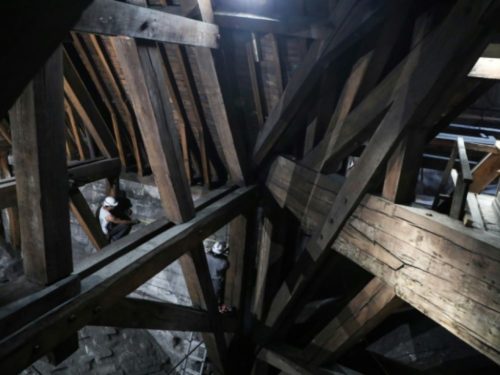Last year, Maryland Governor Larry Hogan introduced into the Maryland General Assembly a bill entitled the “Retirement Tax Fairness Act of 2019.” The bill had a five-year phase-in. The fiscal note to the bill projected that over that five-year period the exemptions under the bill would cause a $178.6 Million loss in state revenue and an approximate additional loss of $111.15 Million to local jurisdictions. (The fiscal note only calculates the loss to local jurisdictions in the first and last years of the five year period. I calculated the approximate loss by dividing the loss to local jurisdictions in the last year, dividing it by the loss to the state in the last year, and then multiplying the result by $178.6 Million.)
The bill would have exempted from Maryland state tax income from (i) individual retirement accounts (“IRAs”) and annuities under IRC § 408, (ii) Roth IRAs under IRC § 408(a), (iii) simplified employee pensions under IRC § 408(k), and (iv) ineligible deferred compensation plans under IRC § 457(f). Intuitively, I knew that exempting income from the first three categories was bad public policy. After all, all of the growth in value over the amounts contributed in all three categories had already been tax-deferred. And, except for contributions to Roth IRAs, even the contributions to these plans were made in before tax dollars. (I address IRC § 457(f) below.) Thus, for the most part, the assets in these plans were derived from tax-free contributions and the appreciation in all of the plans had never been subjected to income tax. I also assumed that the financially well-off held a disproportionate share of the assets in these plans.
The bill did not make it out of committee and died when the legislative session ended. However, a bill containing similar provisions has been introduced into the 2020 legislative session.
IRAs and SEPs are widely believed to be the “pension for Everyman” (or, if you prefer, “Everywoman”). I began to wonder: How skewed toward the wealthy are these plans? I was quite shocked to find out that the answer was “Really, really skewed.” I was able to locate statistics from the IRS based upon income tax returns filed for tax year 2016. I have prepared a chart, available here, that shows the results of my calculations. (The URL to the portal for the IRS source statistics is set forth on the chart. I used three tables from the IRS. I have uploaded the tables here, here, and here.)
This chart shows that in 2016 only 6.45% of all taxpayers made IRA contributions. While 77.26% of all taxpayers were eligible to make such contributions, only 8.35% of those eligible actually made contributions.
By the end of 2016, only about 19.88% of taxpayers had money in IRAs or SEPs and the average market value in those IRAs & SEPs was only a little over $35K. The real eye-popping numbers, however, are those that show how skewed toward the wealthy IRAs and SEPs are.
Only about 155,625 taxpayers reported income in 2016 of more than $1M. They represent only 0.0762% of all taxpayers. However, the market value of their IRAs and SEPs was, on the average, $235,274 and represented 5.25% of the total market value of all IRAs and SEPs. Taxpayers reporting income of over $100K represented 4.66% of all taxpayers. Yet, they held 60.46% of the market value of all IRAs and SEPs.
Stated simply, as to IRAs and SEPs, the Maryland proposal would exempt from Maryland state and local income tax wealth that has, for the most part, already escaped taxation. The primary beneficiaries would be the wealthy.
Oh, yeah, I promised a discussion of ineligible deferred compensation plans under IRC § 457(f). I can’t find precise statistics as to these plans, but it is clear that the beneficiaries of these sorts of plans are already quite wealthy.
IRC § 457(f) provides a deferral of income under certain non-qualified deferred compensation plans operated by a state, political subdivision of a state, and any other tax exempt organization. Who are the beneficiaries of such plans? Highly paid personnel of colleges, universities, foundations, and hospitals such as executives, doctors, and, of course, college athletic coaches. Not exactly a group in need of special tax breaks. Unlike the bill introduced last year, the bill introduced in the current session excludes IRC § 457(f) plans from tax-exempt distributions.
The statistics concerning IRAs and SEPs open the question of whether the rules pertaining to exemption should be either repealed or radically modified. While the IRA/SEP provisions are widely viewed as being egalitarian, in operation these provisions disproportionately benefit the wealthy.

 planted by Colbert to replace those he cut to build warships for Louis XIV – trees that have preservation orders on them. Even in a good cause, felling a thousand of them is not on.
planted by Colbert to replace those he cut to build warships for Louis XIV – trees that have preservation orders on them. Even in a good cause, felling a thousand of them is not on.